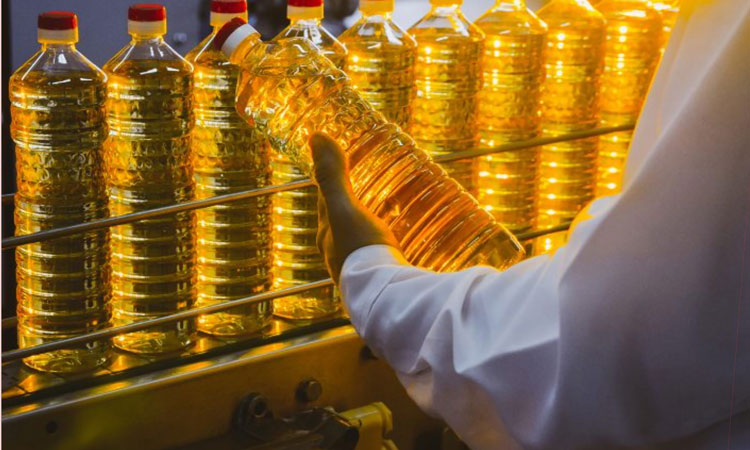Need for speed: testing edible oils and fats with FT-NIR spectroscopy
- Like
- Digg
- Del
- Tumblr
- VKontakte
- Buffer
- Love This
- Odnoklassniki
- Meneame
- Blogger
- Amazon
- Yahoo Mail
- Gmail
- AOL
- Newsvine
- HackerNews
- Evernote
- MySpace
- Mail.ru
- Viadeo
- Line
- Comments
- Yummly
- SMS
- Viber
- Telegram
- Subscribe
- Skype
- Facebook Messenger
- Kakao
- LiveJournal
- Yammer
- Edgar
- Fintel
- Mix
- Instapaper
- Copy Link
Posted: 30 April 2021 | New Food | No comments yet
February’s webinar, hosted by New Food in association with Bruker Optics and Lesieur, discussed the use of FT-NIR spectroscopy as a rapid analytical method for edible oils in the lab as well as online.


Edible oils and fats play a crucial role in today’s food industry; and, as such, we must remain vigilant regarding their quality issues and associated fraudulent practices that are being fuelled by current economic challenges and global supply chains.
A rapid and affordable means of quality control is vitally important and should be easily accessible. In this recent live-streamed webinar, the speakers examined FT-NIR spectroscopy’s ease of use, among its other benefits, against traditional chromatographic and wet chemical analysis methods.
The presenters also showed which norms and guidelines are available for the use of NIR spectroscopy in practice and attendees discovered how the French-based company, Lesieur, benefitted by implementing the instrumentation in its lab and production.
Here, we look at some of the interesting questions we received following the presentation…
What is the sample preparation procedure for NIR measurements compared to GC or other chemical methods?
Other technologies often involve weighing, diluting and mixing with chemicals or other pre-processing steps; this can be tedious and time consuming. For an FT-NIR measurement, you simply fill the neat oil into the disposable 8mm glass vial. This can easily save 20 minutes of sample preparation per measurement and also prevents results from being operator dependent.
How many calibration samples are required and how long does it take to set up the calibration curves for a specific oil?
For a feasibility study, (ie, to test if a parameter is working for this type of sample) you would need approximately 30 samples to start with. A final calibration should have a minimum of 100 samples, but this is very dependent on the parameter and the quality of the reference analysis. If you have retain samples with reference values, you could build a calibration very quickly, bearing in mind that you can easily analyse 300 samples a day. Also bear in mind that Bruker offers ready-to-use calibration packages for the most common oils, which will enable to jump start the use of NIR.
Do you have a software tool to develop the calibrations?
We offer a dedicated software, which provides a comprehensive framework to set up, calibrate and validate PLS- (partial least squares) based quantification models. It comes with an algorithm for the determination of optimised calibration models by automatic permutation of spectral ranges and pre-processing methods. This will help enormously to speed up the process, as you simply need to start the software and it will calculate the best calibrations for you.
Is there an in-line version of the technology available that withstands high temperatures and is suitable for use in monitoring frying processes?
Our in-line spectrometers can adapt to a wide range of process probes and flow cells, which can operate at high temperatures up to 400°C. This makes it ideal for monitoring frying operations and we already have several installations in this field. The spectrometer can be situated hundreds of metres away from the point of measurement in a safe area, such as within a process control room or on the production floor in an air‑conditioned cabinet. Note that with one spectrometer, up to six process points can be analysed sequentially, making the individual point of measurement very cost effective.









